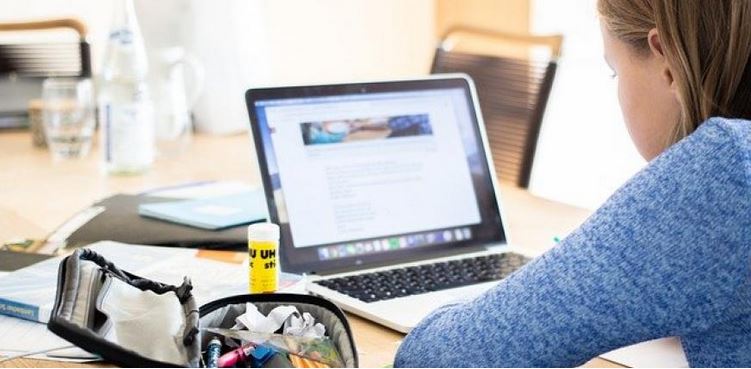Tapping gamification to track student progress
Gamification not only is a fun, informal way to engage students in classrooms — it provides accessible academic, social and emotional data on students that offer an alternative to assessment overload.
The problem and the challenge
Consider this: More than 18 months of disrupted, choppy schooling during the COVID-19 pandemic has left teachers and districts with less formative and summative data on students than at any time in recent history. That lack of information is compounded by the “summer slide” phenomenon. Students simply will not be fully ready to step into assessment mode when they are back in classrooms. Nevertheless, teachers need to know about students’ readiness levels so we can adequately support them and help move them forward.
The solution
Gamification instruments offer downloadable responses, often in a spreadsheet format, for tracking and monitoring. We can monitor students and store information in a digital portfolio, which can be referenced throughout their academic years and examined along a trajectory.
Teachers already are using some gamification tools, and others can be implemented and adapted quickly and efficiently. This can help teachers (and students) avoid the endless traditional assessments while still providing the necessary information.
A menu of gamification choices
Kahoot is among the most popular games and has a vehicle to collect data from performance responses. In Kahoot, teachers can download responses to a spreadsheet, and determine the frequency of incorrectly answered prompts. This enables the teacher to quickly diagnose patterns of problems, both within a whole class and by student, allowing for targeted teaching to a group or an individual.
Nearpod offers a presentation-style method for engaging students in interactive activities, which prompt them for responses that are collected. Similar to Kahoot, teachers can identify a classwide summary of correctly answered prompts, and errors. Additionally, individual student responses can be identified and downloaded as a spreadsheet or PDF for selected supports.
Plickers is a one-device tool ideal for collecting digital data when multiple devices are not available, or if teachers are out in the field with learners, collecting their responses. Sometimes students reveal privately what they would not voice out loud, in front of a class or in a teacher conference. Using Plickers as a quick and confidential check is useful to efficiently assess student understanding and boost social and emotional wellness.
Peardeck operates like Nearpod, serving as a teacher presentation tool that prompts collectible student responses. Student responses download easily to a spreadsheet, where they can be evaluated for performance, patterns and more. Peardeck is a broader presentation resource, where accessibility of student data provides critical capture points to gain knowledge about students’ understanding of lesson material. It is excellent for a social studies, science or language arts lesson.
Flipgrid offers an intuitive audiovisual collection device that works well for archiving student video responses in a digital portfolio format to track their performance over time. For example, the user-friendly interface allows for archiving portfolio-style video to help a world language or English teacher measure literacy development.
Padlet and other online sticky-note-style forums also provide downloadable information about students. Teachers can use Padlet to gather learner responses to track over time as a story or learning concept develops.
These gamification platforms allow educators to collect valuable information about students frequently in subtle, unobtrusive ways.
Implementing gamification tools
Gamification data collection offers formative access that we can use to monitor our students’ progress. These are accessed in ways that are less invasive than summative assessments, provided in more frequent opportunity bursts and are naturally embedded into familiar, engaging tools students are comfortable using. Incorporating gamification as a way to measure and monitor student progress just makes sense — and can likely take place with some of the tools you are already using.
Source: https://www.smartbrief.com/original/2021/06/tapping-gamification-track-student-progress




